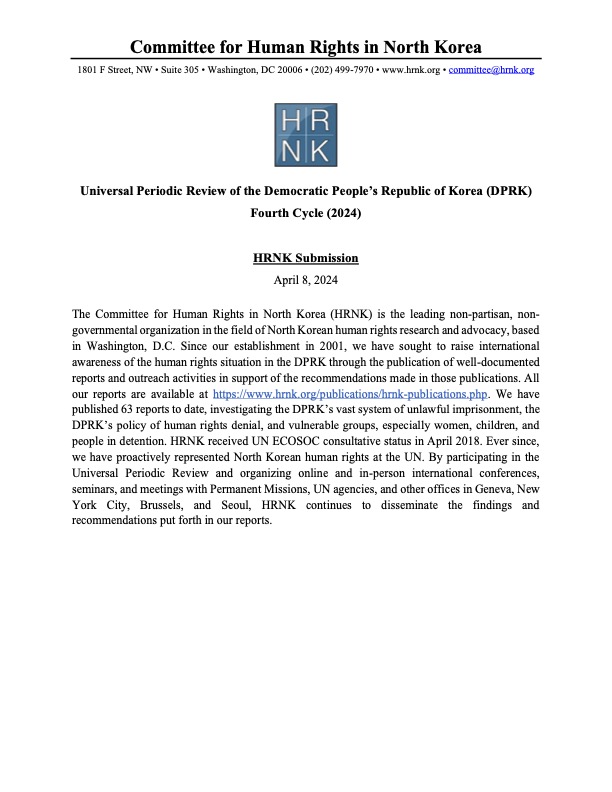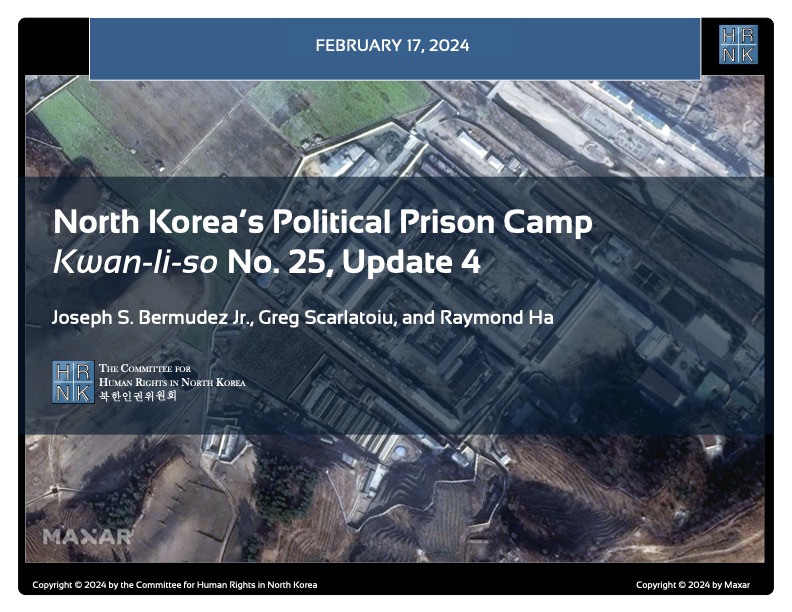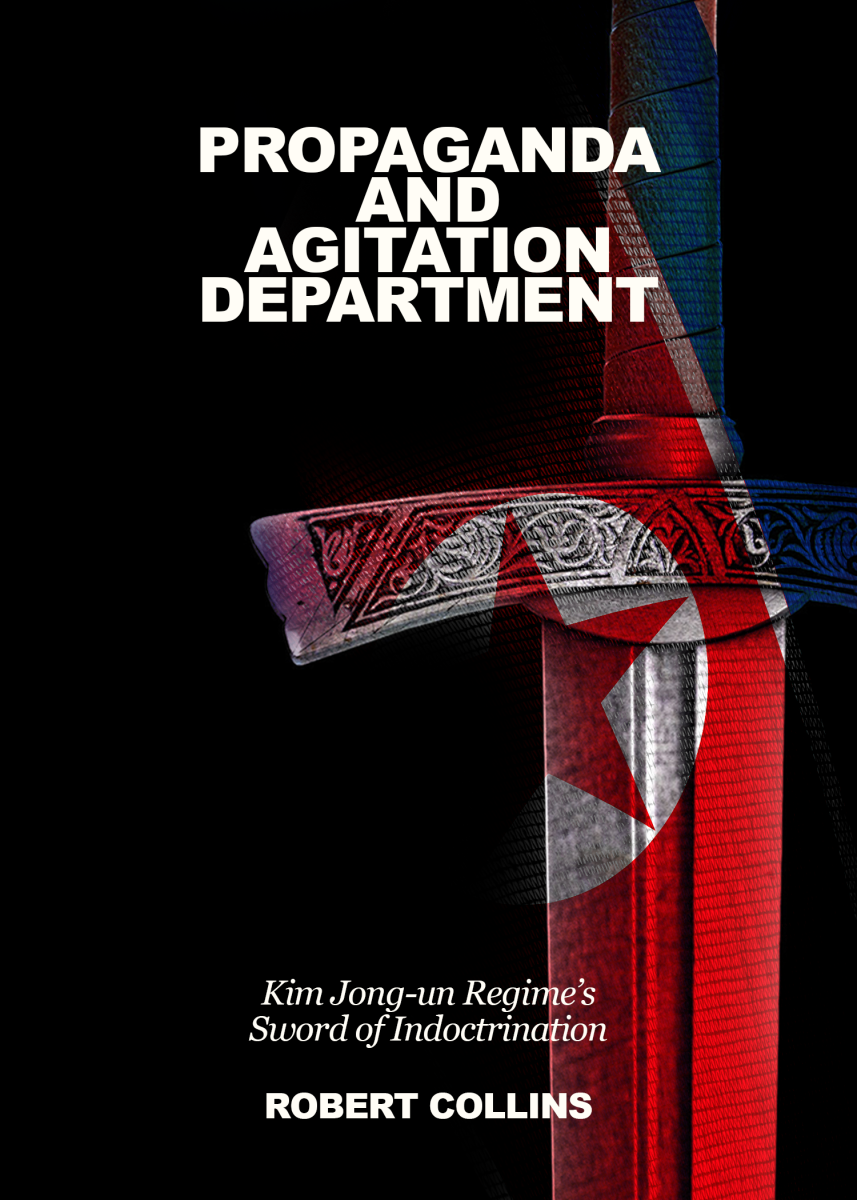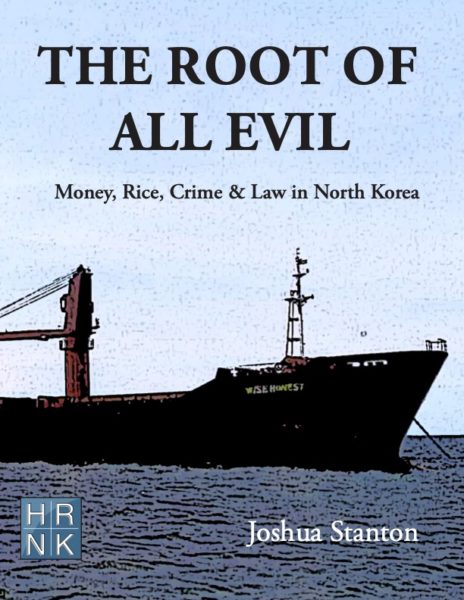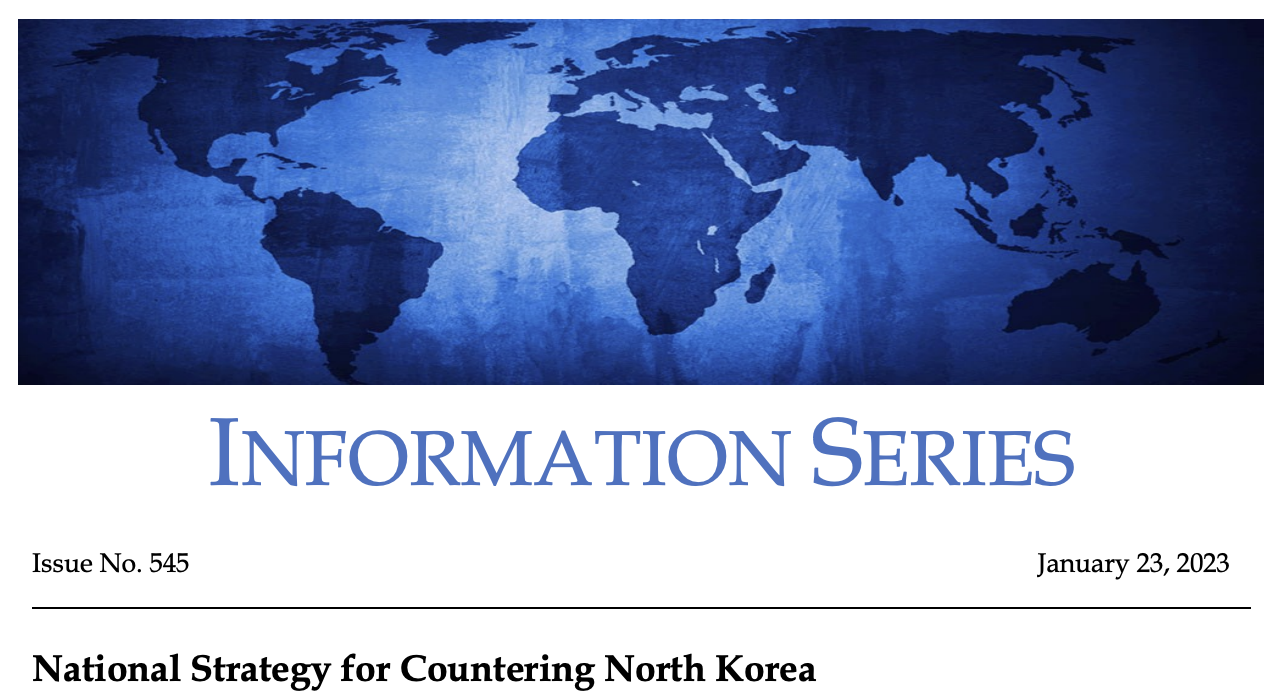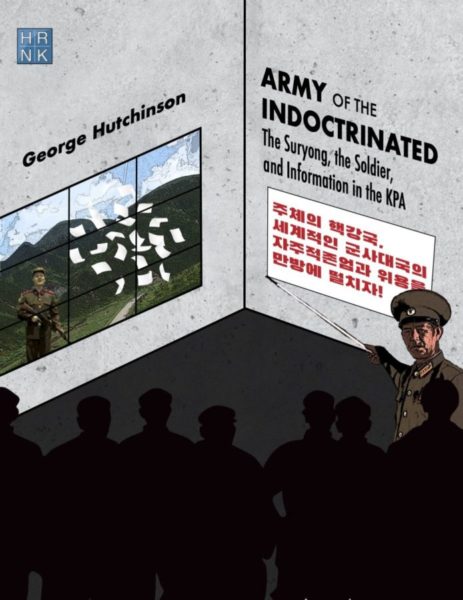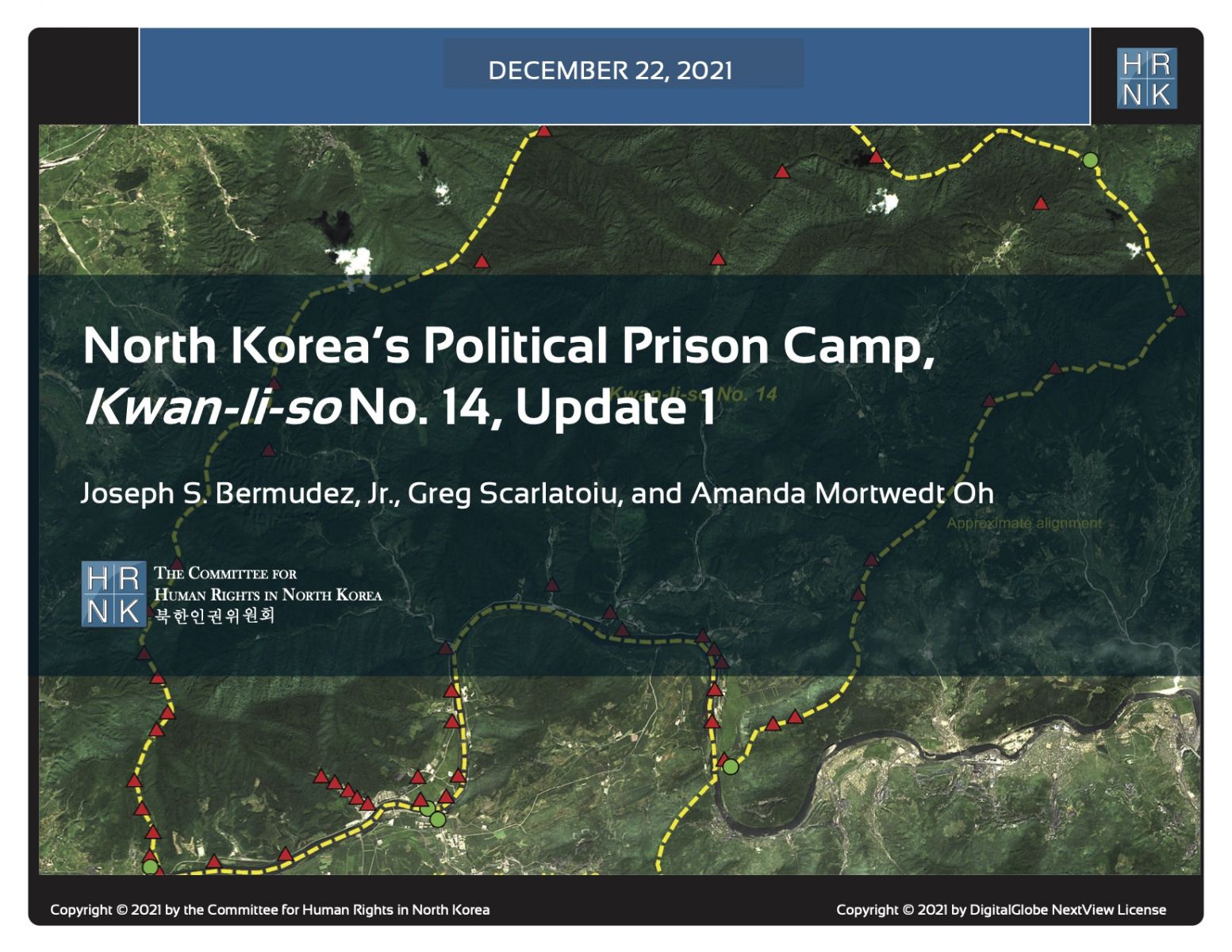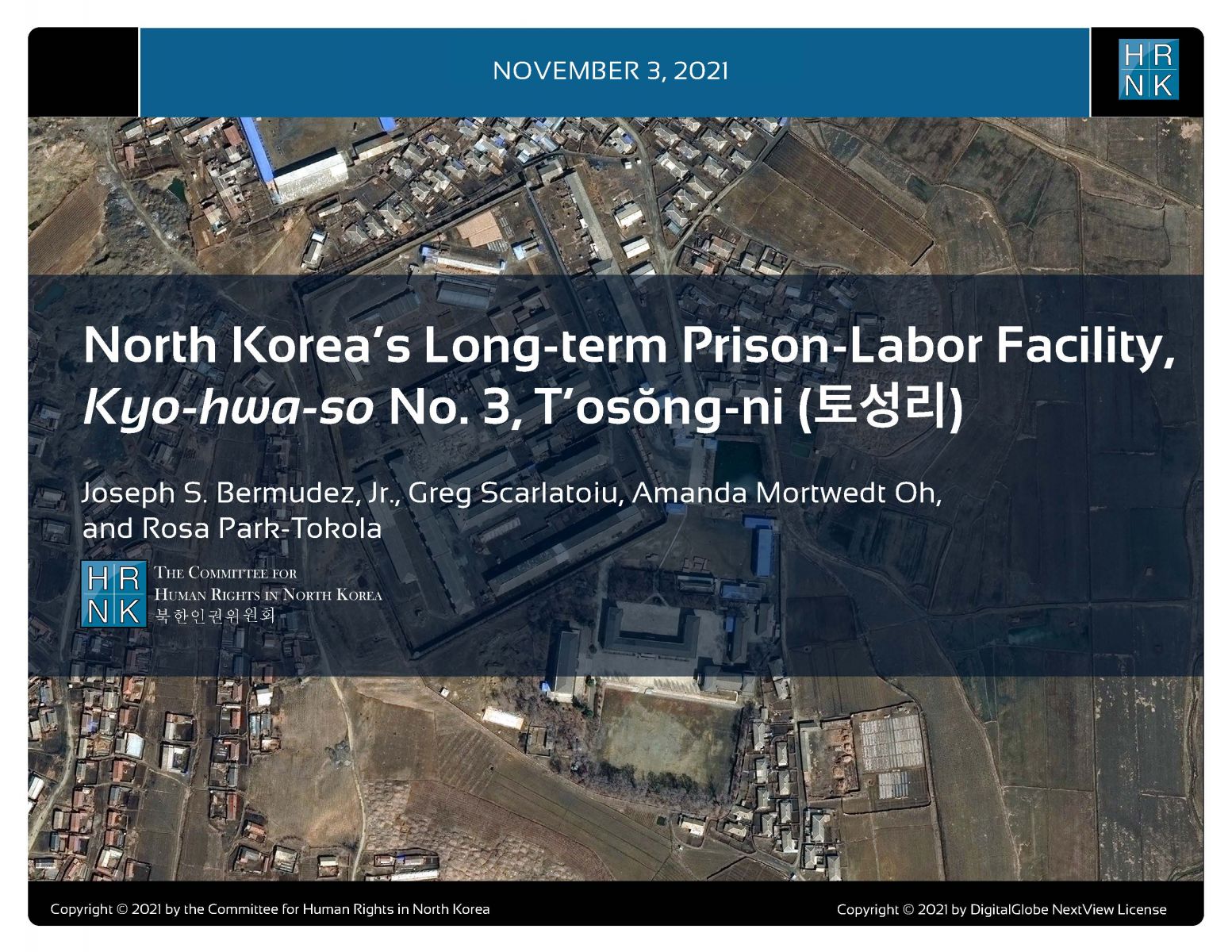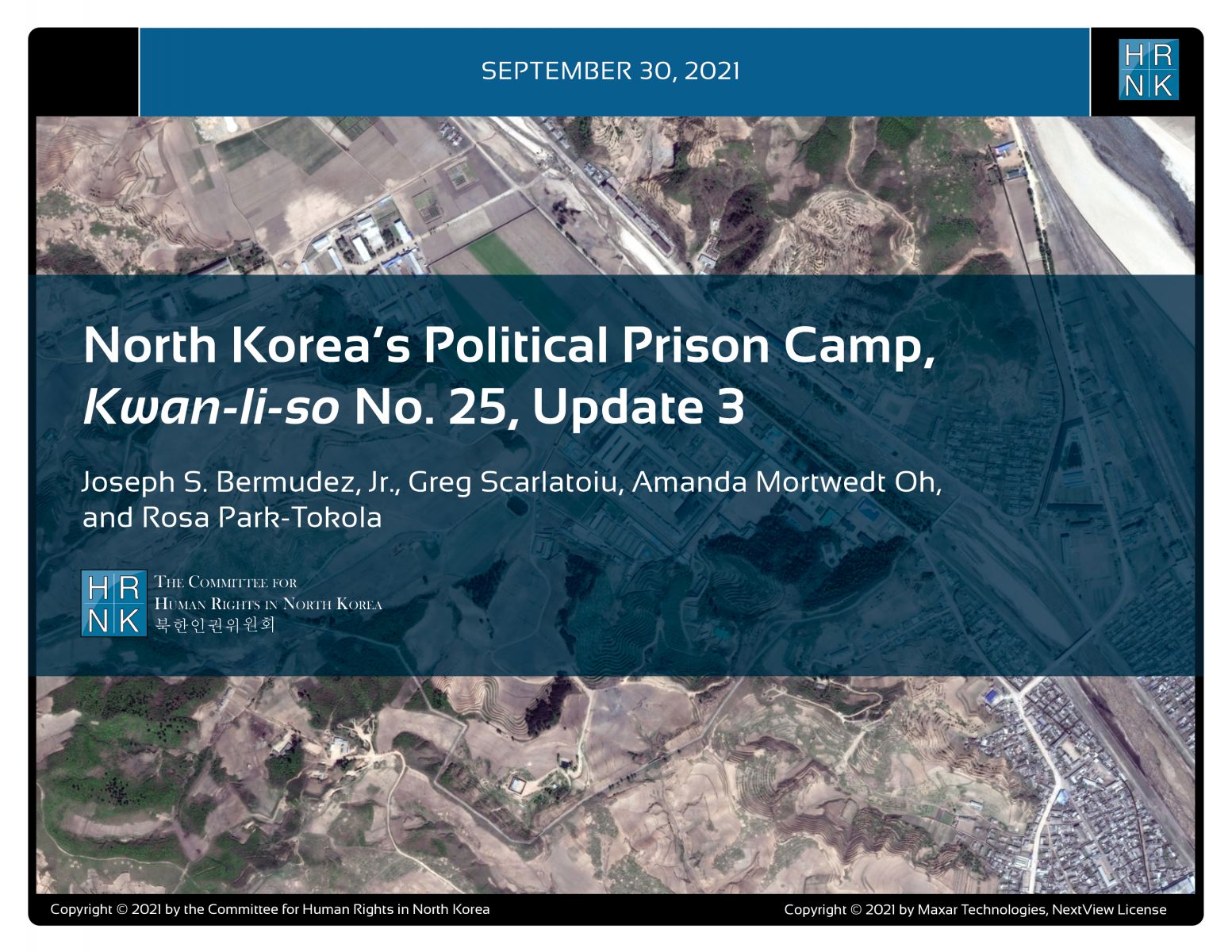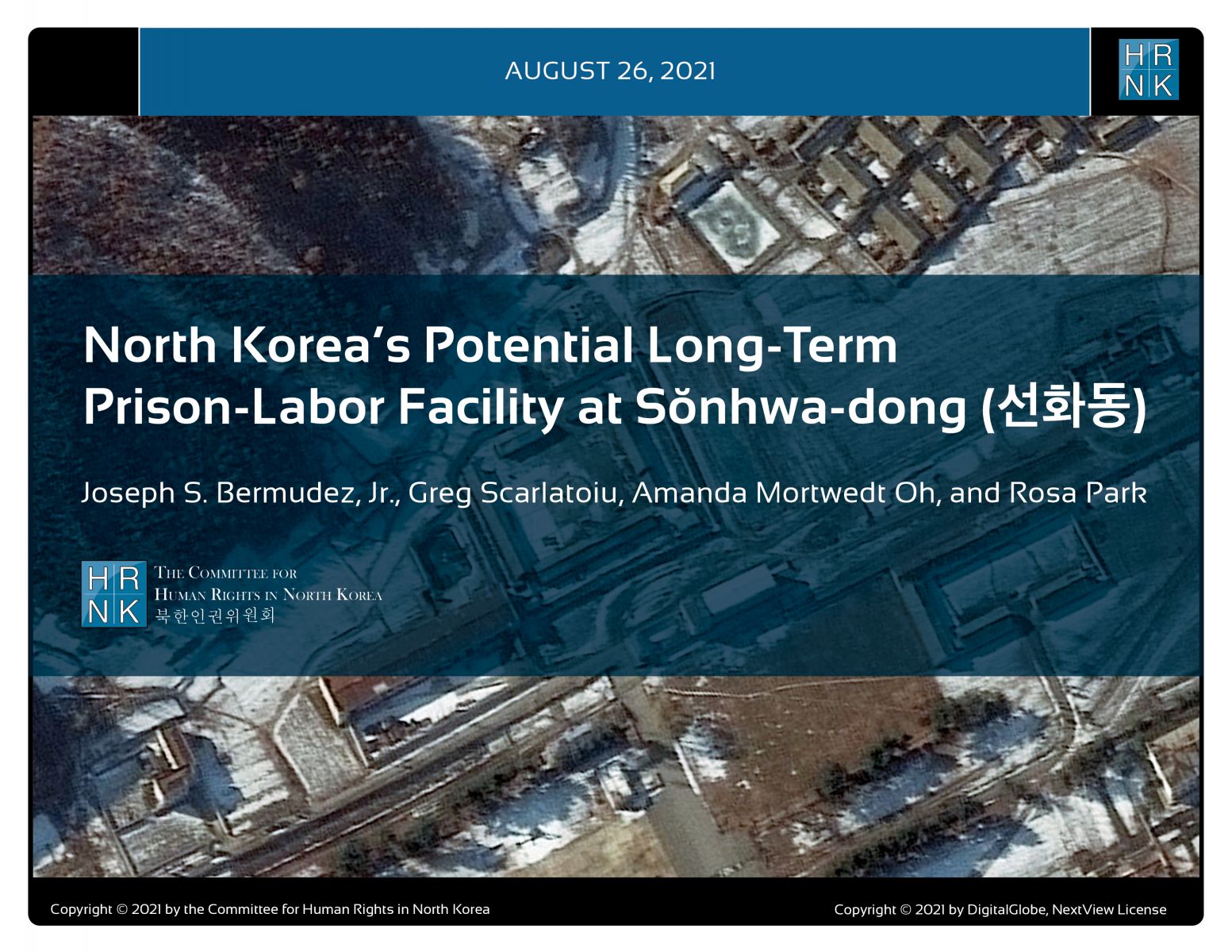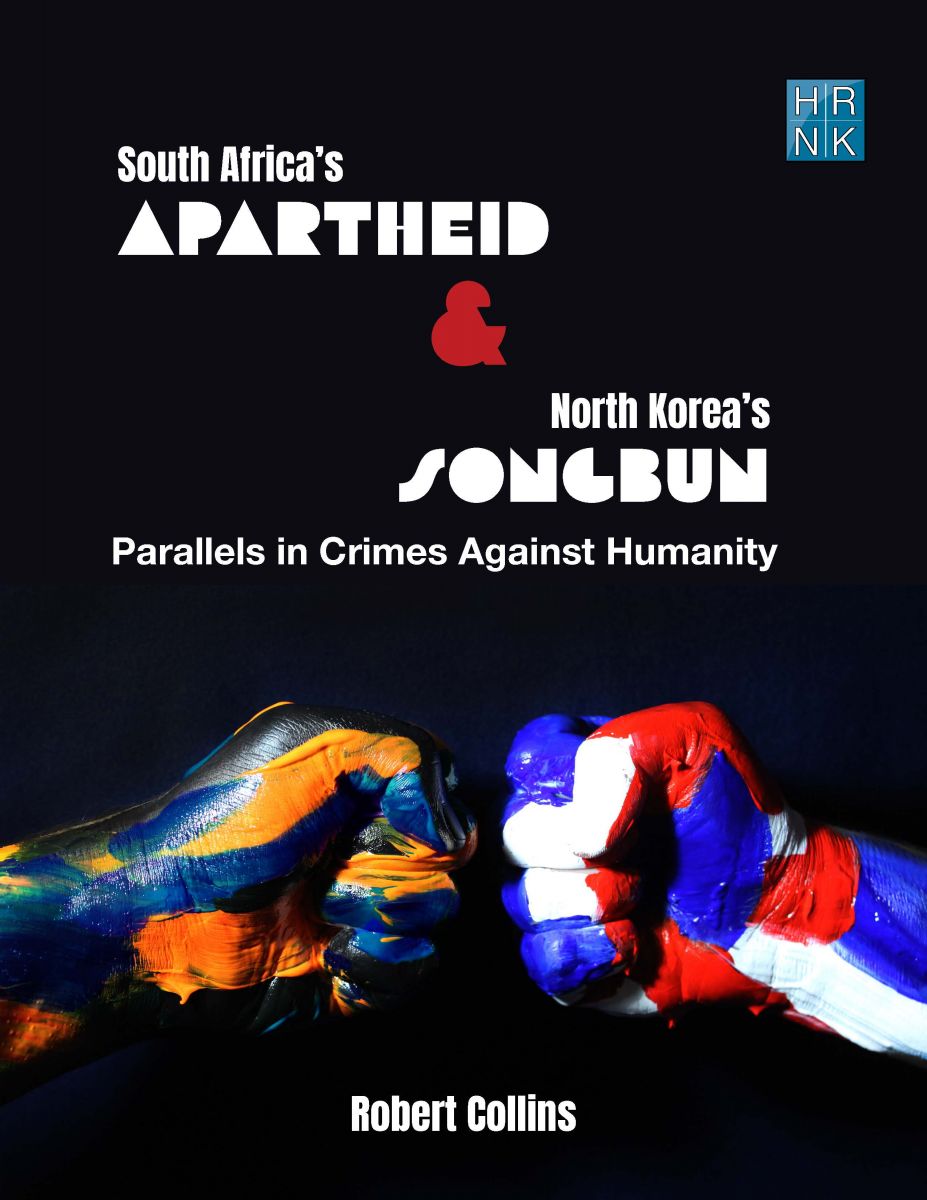PRESS RELEASE
Friday, September 16, 2016
The Committee for Human Rights in North Korea (HRNK) and AllSource Analysis Produce Rapid Assessment of Flooding at Re-Education Prison Labor Camp (Kyo-hwa-so) No. 12
The prisoners’ vulnerability to natural disasters, a stark reminder of the need for a UN Human Rights Up Front (HRuF) approach in North Korea
The Committee for Human Rights in North Korea (HRNK), a non-governmental organization based in Washington, DC and AllSource Analysis, a leading global provider of high-resolution earth imagery solutions, have conducted a satellite imagery-based rapid assessment of flood damage at Kyo-hwa-so No. 12, Jongo-ri in Hamgyŏng-bukto, North Korea. Thousands of political prisoners are held in this re-education prison labor camp together with common offenders.
HRNK’s Co-Chairs Emeritus Roberta Cohen and Andrew Natsios called upon “the international community to seek access to and assist these prisoners. Time and again, humanitarian assistance is provided to North Korea without attention to the most vulnerable groups. The United Nations must seek to reach all those at risk.”
The HRNK/AllSource Analysis rapid assessment builds on the publication of a comprehensive baseline satellite imagery report on the same detention facility, released by HRNK and AllSource Analysis on August 30, 2016 (http://www.hrnk.org/uploads/pdfs/ASA_HRNK_Camp12_201608_v10_LR.pdf).
Run by the North Hamgyong Provincial Bureau, under the Prisons Bureau of the North Korean Ministry of People’s Security, Kyo-hwa-so No. 12 is located about 490 km northeast of the capital city of Pyongyang, and approximately 25 km south of Hoeryong City. It consists of two primary facilities: a walled prison facility commonly known as “Jongo-ri;” and a copper mine situated in a small branch valley a short distance south of the prison facility. The walled prison facility measures approximately 188 meters by 128 meters (205 yards by 139 yards), encompasses 2,360 hectares (28,230 square yards), and is encased by three-meter high walls, four elevated guard positions, and two exterior entrances. Kyo-hwa-so No. 12 prison population estimates have ranged from 1,300 in the late 1990s to about 5,000 in recent years.
The recent flooding in the northeast province of Hamgyŏng-bukto, North Korea, as a result of Typhoon Lionrock has highlighted the vulnerability of this remote section of the nation to natural disasters. According to Joseph S. Bermudez Jr., AllSource Analysis co-founder and chief analytics officer, “this vulnerability has been exacerbated by the historically limited resources expended on civil infrastructure in this area by the central government in Pyongyang.” Bermudez further added: “While the government has responded, the scope is so large that North Korea has made public the extent of the disaster and is soliciting assistance from the international community.” According to Bermudez, “while the vulnerability of the average citizen in this remote section of North Korea is amply demonstrated by North Korean media what has, of course, not been addressed is the even more acute vulnerability of prisoners held in the North’s notorious kwan-li-so and kyo-hwa-so prison camp system. Specifically, Kyo-hwa-so No. 12, Jŏngŏ-ri, located south of Hoeryŏng-si.”
Recent satellite imagery acquired by DigitalGlobe shows that the camp is located at the confluence of two small streams that have overflowed their banks and have reached several agricultural support buildings and housing areas. The only road into the camp appears to be flooded in at least two locations and the water level in the waste pond from the nearby copper mine has risen.
According to a September 14, 2016 press release from the UN Resident and Humanitarian Coordinator for DPR Korea (North Korea), “a total of 138 people have been confirmed killed and 400 people remain missing after remnants of Typhoon Lionrock caused heavy rains and flooding in the northeast of the Democratic People’s Republic of Korea (DPRK) two weeks ago.” On September 6-9, 2016, UN agencies, International Federation of Red Cross and Red Crescent Societies (IFRC), the DPRK Red Cross and international NGOs participated in a DPRK government-led assessment of flood-affected areas.
According to HRNK Executive Director Greg Scarlatoiu, “the vulnerability of Kyo-hwa-so No. 12 prisoners to flood damage is a stark reminder of the need for a UN Human Rights Up Front (HRuF) approach to humanitarian assistance in North Korea. UN agencies and international NGOs disbursing emergency humanitarian assistance to North Korea must seek ways to include detention facilities in the scope of their disaster assessments and interventions.”
For over two years, HRNK and partner organization The Jacob Blaustein Institute for the Advancement of Human Rights (JBI) have been active proponents of the implementation by the United Nations of a HRuF approach to North Korea. Introduced by UN Secretary-General Ban Ki-moon at the end of 2013, it calls for a UN system wide strategy when serious violations of human rights are found in a country. All UN agencies and offices are expected to become involved to advance human rights on the ground, provide candid information, and develop a common UN system for information. In the case of Typhoon Lion Rock, HRNK and JBI consider it essential that humanitarian agencies integrate into their programs the principles of non-discrimination in the distribution of food and other services; unimpeded access to the most vulnerable persons (such as those in kwan-li-so and kyo-hwa-so prison camps); and gender equality especially in the areas of food, health care, residence, and work. North Korea agreed to these principles at the UN Universal Periodic Review in 2014 and the UN should ensure they are implemented.
“Secretary-General Ban’s Human Rights up Front initiative commits UN system actors to react appropriately when they encounter gross violations of human rights in the course of their important work,” said Felice Gaer, Director of the Jacob Blaustein Institute for the Advancement of Human Rights. Gaer further added, “in the case of humanitarian agencies working on the ground in North Korea, this must entail making every effort to ensure their aid reaches those, like political prisoners, who are most in need.”
The report North Korea: Flooding at Kyo-hwa-so No. 12, Jongo-ri can be downloaded from HRNK’s website (HRNK.ORG), together with other HRNK publications. For this report, AllSource Analysis used two satellite images of Kyo-hwa-so No. 12 acquired by DigitalGlobe.
The report North Korea: Imagery Analysis of Kyo-hwa-so No. 12, Jongo-ri is available on HRNK’s website: http://www.hrnk.org/uploads/pdfs/Kyo-hwa-so%20No_%2012%20Flooding.pdf.
Contact: Greg Scarlatoiu, Executive Director
[email protected]; 202-499-7973
In this submission, HRNK focuses its attention on the following issues in the DPRK: The status of the system of detention facilities, where a multitude of human rights violations are ongoing. The post-COVID human security and human rights status of North Korean women, with particular attention to sexual and gender-based violence (SGBV). The issue of Japanese abductees and South Korean prisoners of war (POWs), abductees, and unjust detainees.
This report provides an abbreviated update to our previous reports on a long-term political prison commonly identified by former prisoners and researchers as Kwan-li-so No. 25 by providing details of activity observed during 2021–2023. This report was originally published on Tearline at https://www.tearline.mil/public_page/prison-camp-25.
This report explains how the Kim regime organizes and implements its policy of human rights denial using the Propaganda and Agitation Department (PAD) to preserve and strengthen its monolithic system of control. The report also provides detailed background on the history of the PAD, as well as a human terrain map that details present and past PAD leadership.
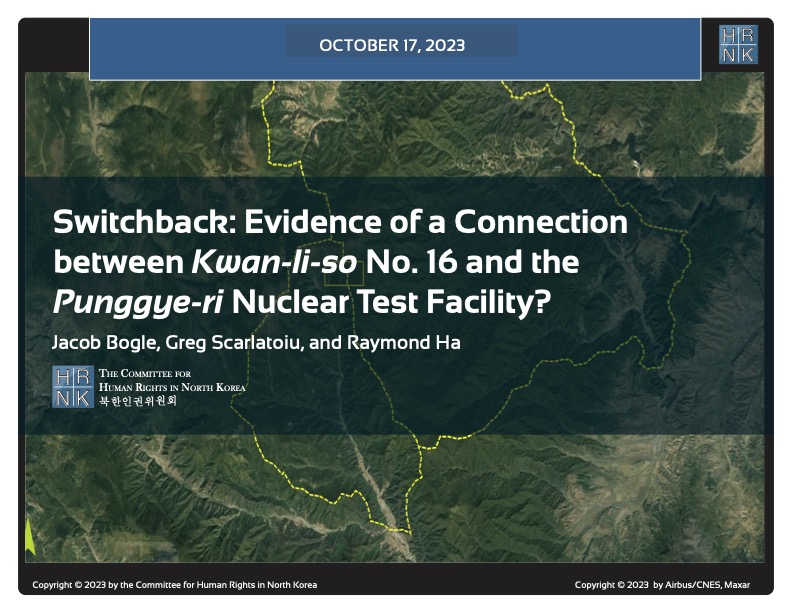
HRNK's latest satellite imagery report analyzes a 5.2 km-long switchback road, visible in commercial satellite imagery, that runs from Testing Tunnel No. 1 at North Korea's Punggye-ri nuclear test facility to the perimeter of Kwan-li-so (political prison camp) no. 16.
This report proposes a long-term, multilateral legal strategy, using existing United Nations resolutions and conventions, and U.S. statutes that are either codified or proposed in appended model legislation, to find, freeze, forfeit, and deposit the proceeds of the North Korean government's kleptocracy into international escrow. These funds would be available for limited, case-by-case disbursements to provide food and medical care for poor North Koreans, and--contingent upon Pyongyang's progress
For thirty years, U.S. North Korea policy have sacrificed human rights for the sake of addressing nuclear weapons. Both the North Korean nuclear and missile programs have thrived. Sidelining human rights to appease the North Korean regime is not the answer, but a fundamental flaw in U.S. policy. (Published by the National Institute for Public Policy)
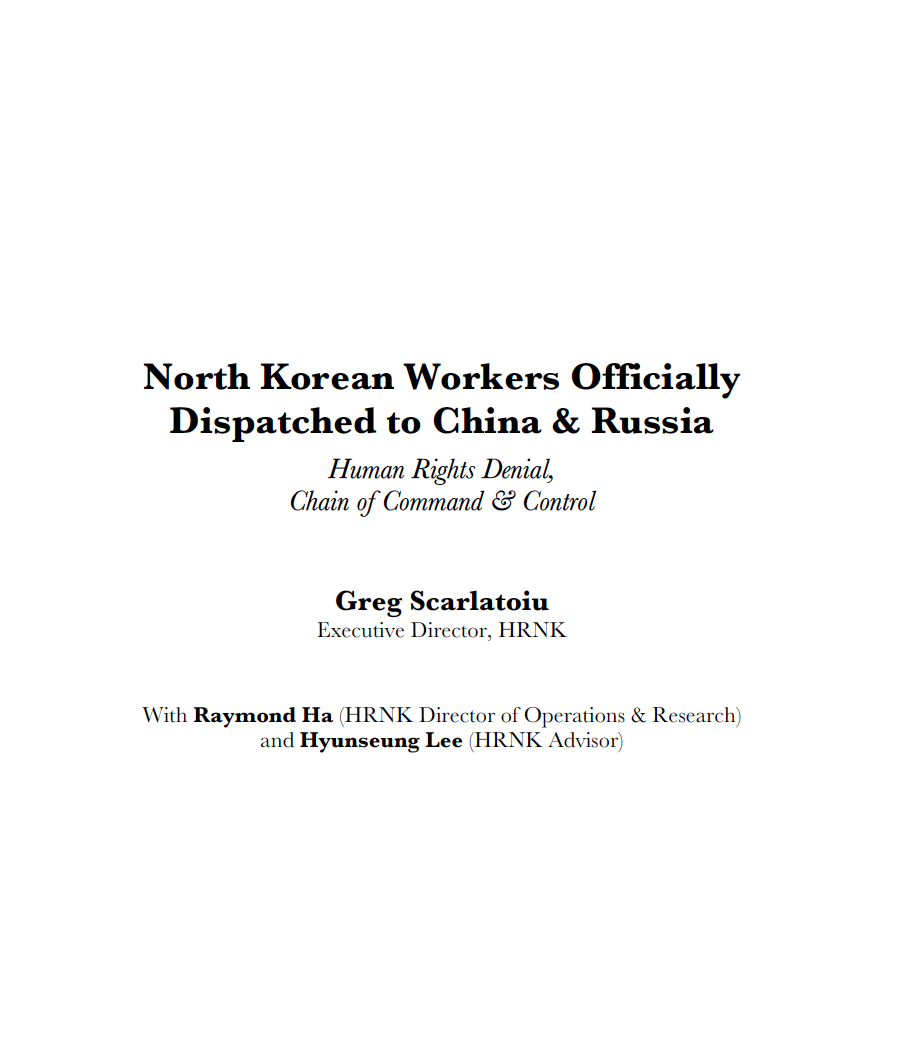
North Korea’s forced labor enterprise and its state sponsorship of human trafficking certainly continued until the onset of the COVID pandemic. HRNK has endeavored to determine if North Korean entities responsible for exporting workers to China and Russia continued their activities under COVID as well.
George Hutchinson's The Suryong, the Soldier, and Information in the KPA is the second of three building blocks of a multi-year HRNK project to examine North Korea's information environment. Hutchinson's thoroughly researched and sourced report addresses the circulation of information within the Korean People's Army (KPA). Understanding how KPA soldiers receive their information is needed to prepare information campaigns while taking into account all possible contingenc
This report is part of a comprehensive long-term project undertaken by HRNK to use satellite imagery and former prisoner interviews to shed light on human suffering in North Korea by monitoring activity at political prison facilities throughout the nation. This is the second HRNK satellite imagery report detailing activity observed during 2015 to 2021 at a prison facility commonly identified by former prisoners and researchers as “Kwan-li-so No. 14 Kaech’ŏn” (39.646810, 126.117058) and
This report is part of a comprehensive long-term project undertaken by HRNK to use satellite imagery and former prisoner interviews to shed light on human suffering in North Korea by monitoring activity at civil and political prison facilities throughout the nation. This study details activity observed during 1968–1977 and 2002–2021 at a prison facility commonly identified by former prisoners and researchers as "Kyo-hwa-so No. 3, T'osŏng-ni" and endeavors to e
This report is part of a comprehensive long-term project undertaken by HRNK to use satellite imagery and former detainee interviews to shed light on human suffering in the Democratic People’s Republic of Korea (DPRK, more commonly known as North Korea) by monitoring activity at political prison facilities throughout the nation. This report provides an abbreviated update to our previous reports on a long-term political prison commonly identified by former prisoners and researchers as Kwan-li-so
Through satellite imagery analysis and witness testimony, HRNK has identified a previously unknown potential kyo-hwa-so long-term prison-labor facility at Sŏnhwa-dong (선화동) P’ihyŏn-gun, P’yŏngan-bukto, North Korea. While this facility appears to be operational and well maintained, further imagery analysis and witness testimony collection will be necessary in order to irrefutably confirm that Sŏnhwa-dong is a kyo-hwa-so.
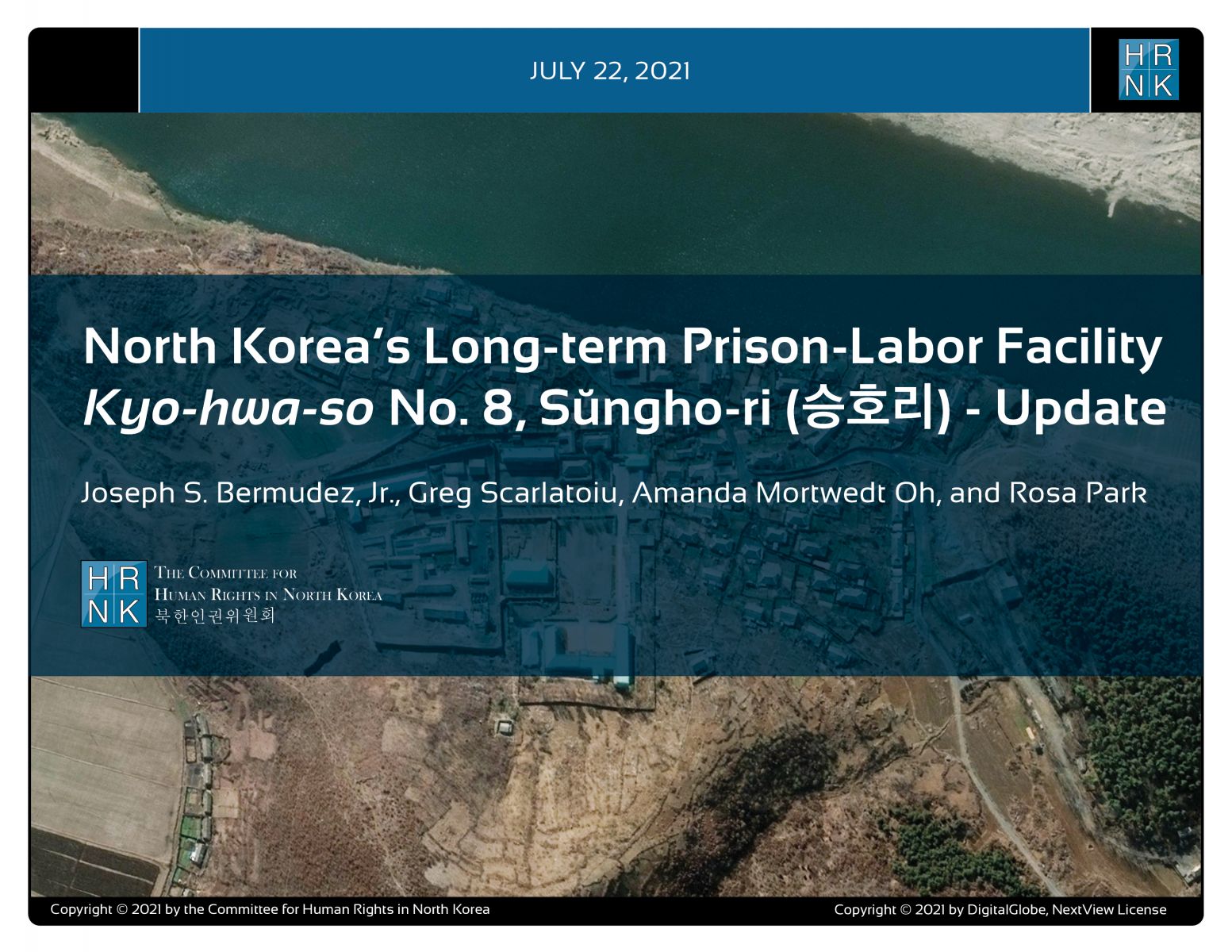
"North Korea’s Long-term Prison-Labor Facility Kyo-hwa-so No. 8, Sŭngho-ri (승호리) - Update" is the latest report under a long-term project employing satellite imagery analysis and former political prisoner testimony to shed light on human suffering in North Korea's prison camps.
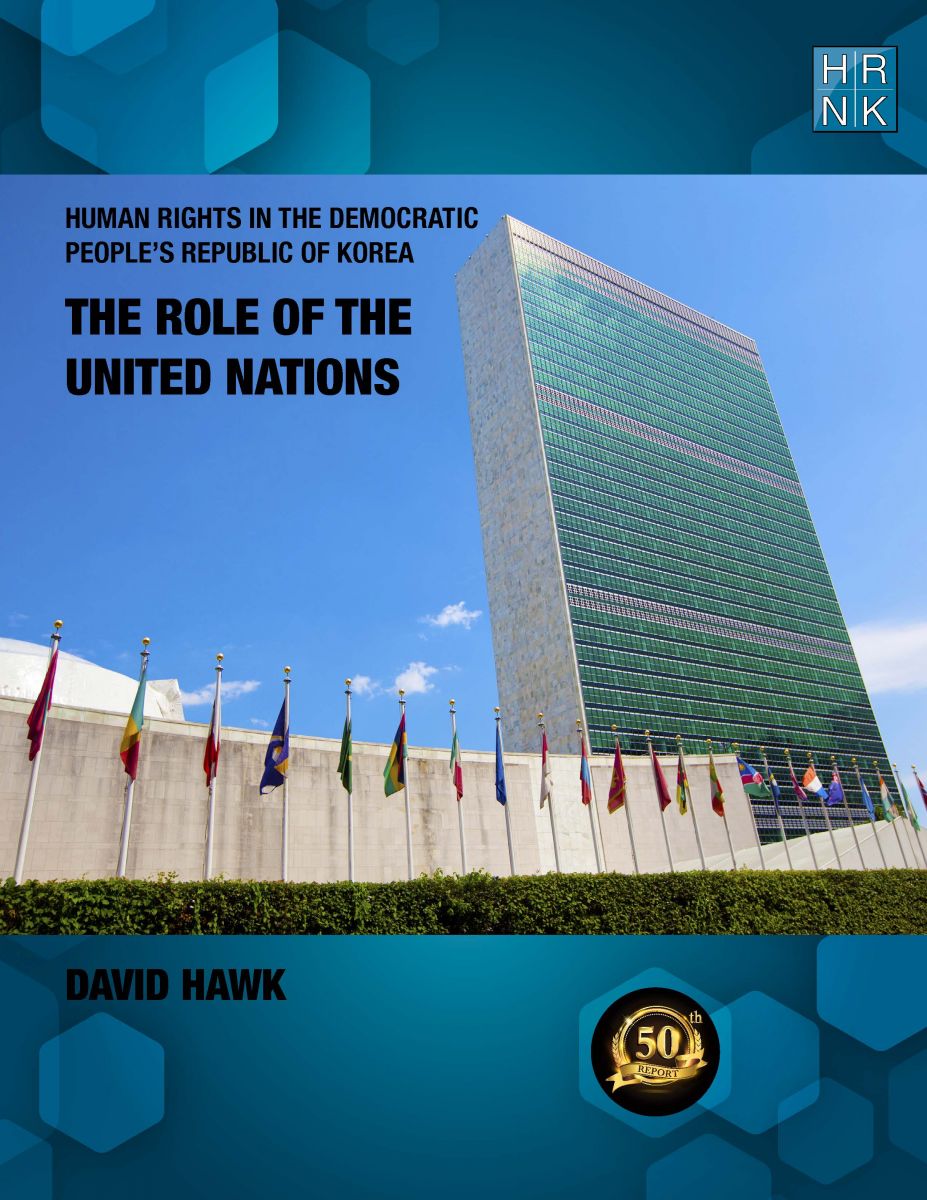
Human Rights in the Democratic Republic of Korea: The Role of the United Nations" is HRNK's 50th report in our 20-year history. This is even more meaningful as David Hawk's "Hidden Gulag" (2003) was the first report published by HRNK. In his latest report, Hawk details efforts by many UN member states and by the UN’s committees, projects and procedures to promote and protect human rights in the DPRK. The report highlights North Korea’s shifts in its approach
South Africa’s Apartheid and North Korea’s Songbun: Parallels in Crimes against Humanity by Robert Collins underlines similarities between two systematically, deliberately, and thoroughly discriminatory repressive systems. This project began with expert testimony Collins submitted as part of a joint investigation and documentation project scrutinizing human rights violations committed at North Korea’s short-term detention facilities, conducted by the Committee for Human Rights
